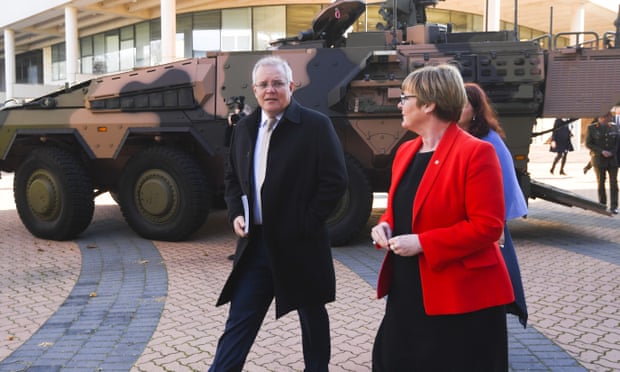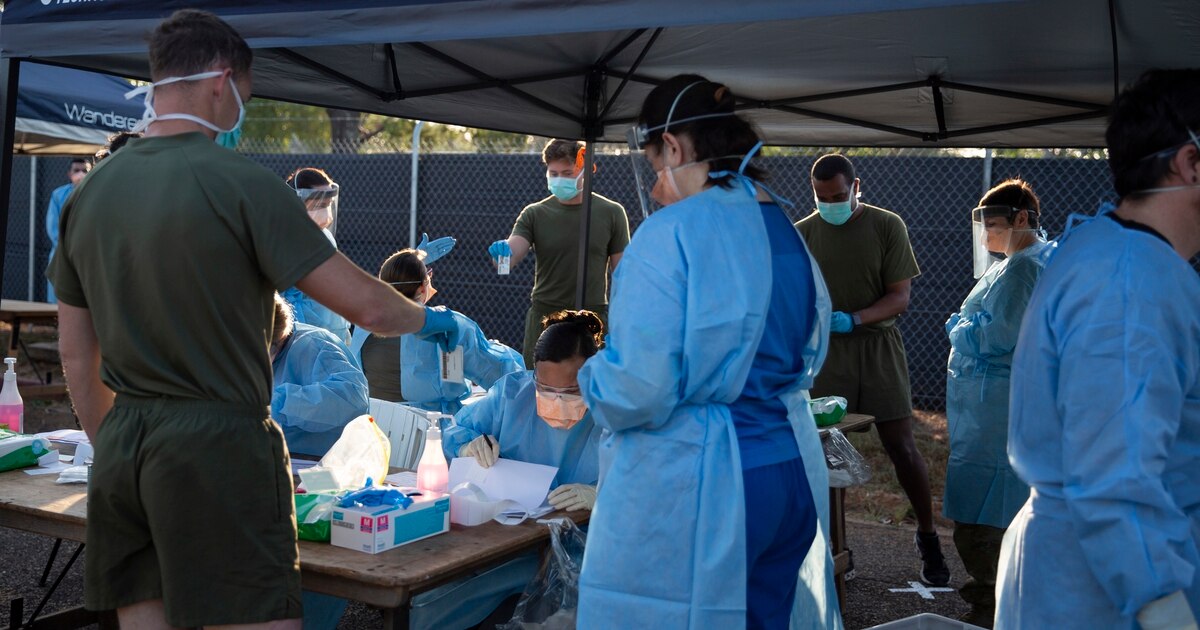
The 9,500 who are leaving will be reassigned elsewhere in Europe, redeployed to the Indo-Pacific region, or sent back to bases in the U.S.

The 9,500 who are leaving will be reassigned elsewhere in Europe, redeployed to the Indo-Pacific region, or sent back to bases in the U.S.

But the government says it will still meet a pledge to invest $8bn in northern Australia over 10 years.

The deployment will culminate in exercise Koolendong in September with Australian Defence Force units.

“At the end of the day all it did was delay the deployment a little bit and force us to take a little harder look at how we were going to implement the necessary health protective measures,”

“It’s the first time for the rotational force to incorporate unmanned aircraft,”